Diablo’s first step into true live service begins this week with Season of the Malignant. I had the chance to take part in a group interview with some of the developers involved with making it, namely Joseph Piepiora, Associate Game Director, Michelle Pina, Game Designer for Dungeons, and Madeleine James, Game Designer for Quests.
Naturally, with this interview being about the Diablo 4 upcoming season, the developers spent their time elaborating on what players can expect in Season of the Malignant. Most of what they discussed is stuff we already know, albeit with more detail and flair, such as the season’s narrative focus and the introduction of new mechanics like Malignant Hearts and the smaller, quicker, more focused, and farming-centric Malignant Tunnels. It’s exciting, unique, and players will enjoy it.
But I was surprised to get such an insight into their approach to seasons as a whole. During the interview, they dived into their philosophy and decisions regarding Diablo 4’s seasonal content. They talk about why they are making certain choices, how Diablo 3’s seasons inspired them to go bigger and better for Diablo 4, and were honest about their thoughts and plans for seasonal content going forward.
Related: Diablo 4: Season of the Malignant – Start Date, Story, & Malignant Hearts
How Diablo 3 Informed the Developer’s Approach to Diablo 4’s Seasons
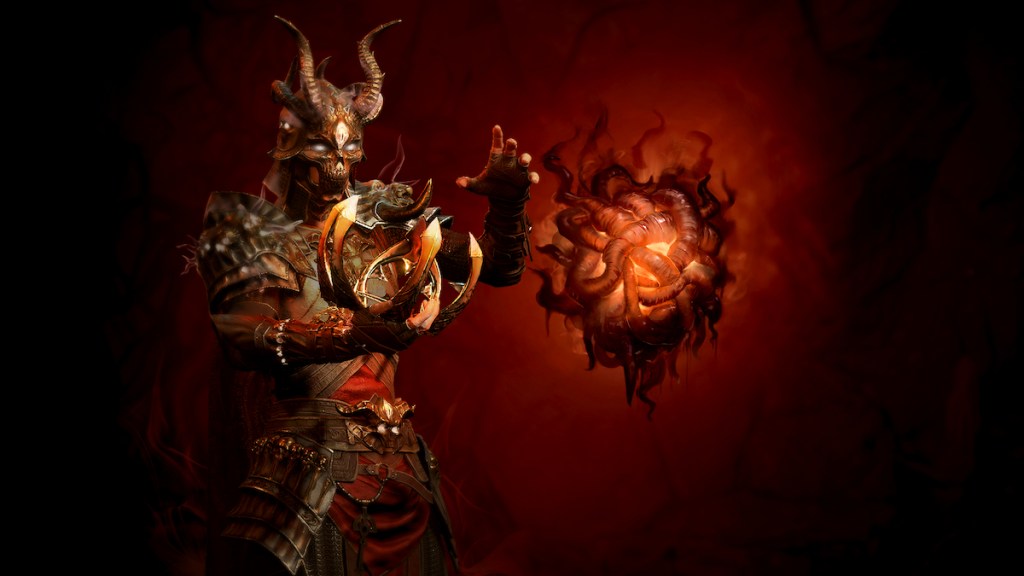
Of course, this isn’t the first Blizzard title to take on a live service seasonal approach to its content, and it’s certainly not the first Diablo game. In fact, the developers looked to the success of Diablo 3’s seasons when approaching Diablo 4, hoping to refine and build on what made them work.
“We talk about Diablo 3 seasons quite a bit,” James explained and went further by talking about their team’s relationship with the Diablo 3 season team. “We have members of the Diablo 3 seasons (team) we talk to and try get their philosophies and what lessons they’ve learned.” In the case of Diablo 4, that meant taking the best parts of the previous title and building onto it with their own flavor, something Piepiora detailed during the interview.
“There were a few different things we thought were super cool about Diablo 3’s season we wanted to make sure we maintained. Piepiora went on to detail a few of the particulars of Diablo 3’s approach, including their structure. “One thing we liked a lot was that the season journey you’re progressing through in Diablo 3 kinda provides you these set pieces as you level up and finish chapters. It’s kinda structured, you know, you have a lot of different things you can do for each chapter, kinda goes along with you as you level up, gives you these other goals. We loved that idea and the nature of the seasonal journey in general.”
In the case of the seasonal journey, which will play a big part in how players progress in both their character and the battle pass, they “took those ideas and built upon them” for Diablo 4 while keeping that same sense of progression and structure, only now a bit more refined, and more of it.
If that’s not enough, they want to hold onto and improve on the feeling of meaningful rewards. “We added new legendary aspects you’ll be able to earn as you progress through the season journey.” Piepiora then detailed how we can expect a bunch of legendary aspects unavailable in the codex of power will be included, providing more variety and offering “more ways for you to get some parts of your build online.”
All of that sounds great, and more rewards and options for players is always something I and other players will be happy to hear. But having seasons with unique twists and mechanics that change how you play and interact with your class gives you “radically different things to do.”

Piepiora summed it up pretty well during the discussion, saying, “There’s just new stuff to do. We want to take the ideas we saw in Diablo 3 and just try to start ramping them up, and you’ll see in season 1, and in future seasons as well, this idea of really taking Diablo 4 as a baseline playground, shake up the box of Legos inside of it and figure out how we want to let players go through again and figure out new things to do as part of it. It’s been a blast to think about the history of the series and where it’s been in the past and try to imagine what we want to do to bring it forward into the future.
Related: Diablo 4 Review – A Devilishly Fun Demon Slaying Experience
So, what does this mean for players? It means we can expect the seasons to constantly try and provide new ways to enjoy Diablo 4 and how you approach it. Whether you try a different build on your favorite class or a new one, they want it to feel fun. The experience of leveling up, progressing, and enjoying new content is at the core of what makes seasons fun, and everything they said seemed to support the idea and give me hope for the future.
Season Philosophy
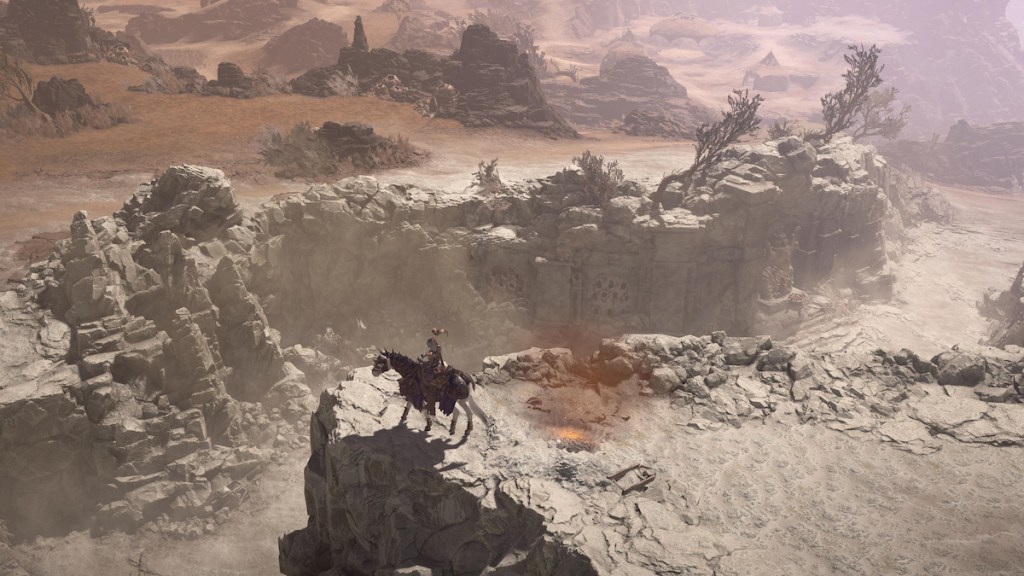
Looking to the past was one of many major topics of conversation during the interview, and the devs spent just as much time talking about the future of Diablo 4’s seasons and the team’s philosophy on seasonal content as a whole.
For one, Diablo 4 seasons will have more focus on story elements, with Jones explaining for season 1, “We wanted to take a more narrative focus on, you know, explaining the new mechanics, going through what are the Malignant, who is Cormond,” and going on to say that want to “explore all the various stories of Sanctuary.” This was mentioned and referenced a couple of times. It made it clear to me that the devs plan to make season 1 and future seasons and what they bring to Diablo 4 more grounded in the world, and new characters and stories focused on them will be a great way to do that.
As Jones and Pina said, it’s a collaborative effort, joking they “talk too much on seasons” but how it’s been fun to do so. Like Jones said, “We have a huge world and cultures, and we want to be able to go into all of that.”

Of course, beyond the narrative overarching ideas around seasons, you also have to consider the nitty gritty gameplay elements and what that will do for the game. Introducing new mechanics in each season, like Malignant Hearts, allows the team to “ensure that every new mechanic we’re introducing to a season actually can change how you want to play a season.”
You can expect the meta to be shaken drastically because of this and the inevitable balance changes, and that’s something the developers are more than aware of and, in a way, actively try and hope to do with each season. In fact, Piepiora flat-out said that.
Related: Diablo 4 Complete Strategy Guide – Crafting, Locations, Endgame, & Error Codes
“Every new season, the goal is to make sure that we’re kinda shaking up the meta across the board,” he elaborates on this and Malignant Hearts as a way to “change the way players are going to be examining their builds as they go through the season.” The plan is to “lift up other builds and make adjustments to make other builds more variable,” and make the game an overall more balanced experience, and with each season, encourage more experimentation with classes and builds. Piepiora concluded by saying he is “excited for what to come,” it seems players will be in for some wild rides as they get into more seasons.
One thing that has been a point of conversation, especially for newer players to the ARPG space, is the requirement that players roll new characters every season. With so many new players learning this and having varied reactions, the devs had some thoughts on the community’s perception of this decision and used it as a chance to explain their philosophy on it.

Piepiora started by saying he understood that veterans will be used to this process from Diablo 3, and for new players, it’s been interesting to see their reactions and queries. But with all that, he quickly explained his take on the situation. “Diablo 4 is designed from the ground up with this idea of character reset methodology sort of in mind,” and clarified that the devs reasoning for this is multi-layered.
“We want to make sure that whenever a season rolls, that’s the best time to come back and check out Diablo 4,” and make the point that with their approach to seasons, “There’s not really an opportunity to fall behind” and players are able to “jump right back in with everyone and enjoy the new stuff.” He also clarified that the team isn’t fond of the usual approach live service games take to rerolling or making new characters.
Diablo 4 is avoiding those pitfalls, with Piepiora saying how with typical life service games, you usually start from square one, but with Diablo 4, and ARPGs in general, “a lot of the enjoyment of the game comes from the journey of building the character.” For the team, the design of Diablo is all about chasing those rewards — your items, legendary effects, and crafting the build you want. So, with their seasonal approach, you get that same sense of progression and fun as you level up and find gear, but with the lens of new toys and mechanics to play alongside them, without the fluff or grind other games may require. Or at least not in the same way. It also explains why they changed how certain aspects, like Renown and Altars of Lilith, would work every season, which has been a welcome change from fans.
So, What Does This Actually Mean for Players?
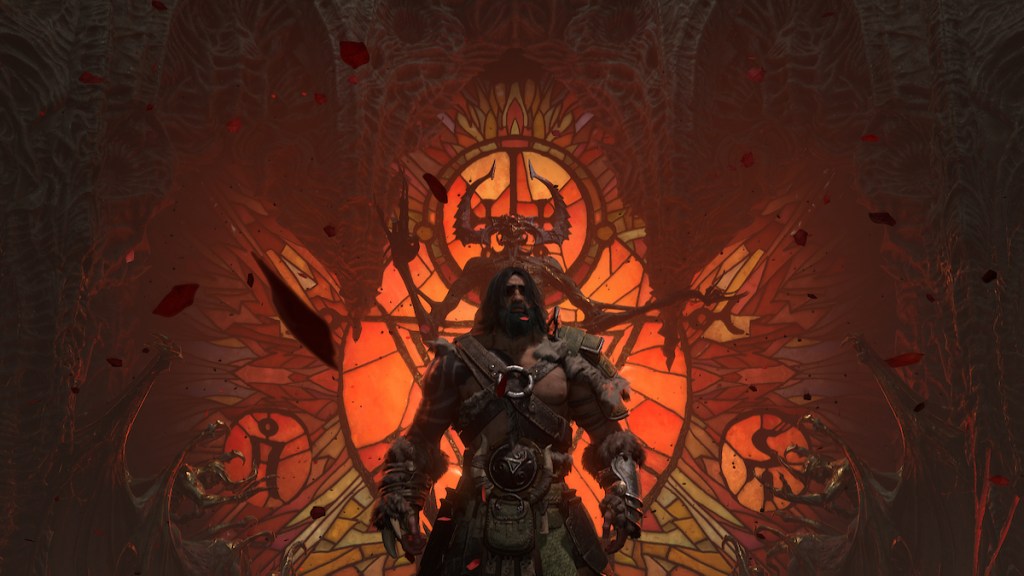
To put a neat little bow on all this, I came away from this interview with a deeper respect and insight into what the developers are trying to accomplish.
Seasonal content isn’t for everyone, and even with Diablo 4, some players aren’t too hot on the idea, which did include me initially. But everything discussed and explained during this interview paints a clear picture that the team has not just for Season of the Malignant but Diablo 4’s live service as a whole.
Leveling up and progression is fun in Diablo, we know that, and all their design decisions, philosophers, and overall approach to seasons seem to feed into and reinforce that idea; only with each new mechanic, season, and changes, that experience can feel fresh and exciting still in a year, or two, or three, or however long the game goes on for.
In the same vein, it’s more grounded in the world, and I got the impression that great effort has been made to make seasons a worthwhile endeavor. A lot of the decisions that encourage the sense of progression and the journey of your character, as well as its narrative elements, will be things players appreciate. I certainly know I will, and I plan on trying a completely new class this time around.
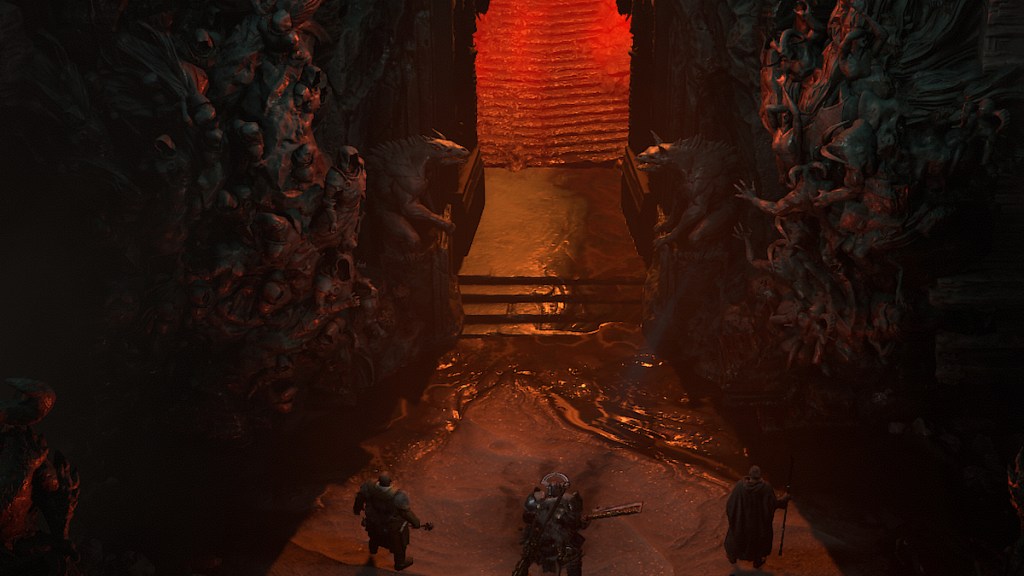
Now, does that mean it’s going to be perfect? Probably not. Season of the Malignant has been in development since January, and it will be in season 2 when we really start to see how the developers can react and adapt to feedback. But with that, I feel like the developers genuinely want it to be a great experience and for their seasons to be worthwhile for players. They were frank, honest, and upfront about their decisions and ideas, and they certainly have my respect for that.
So, with Season of the Malignant about to begin, I think players should feel assured that Diablo 4’s future is looking rather bright. If these same ideas and philosophies about their live service continue, I can only see them getting better as time goes on, and I plan to jump in on them all.

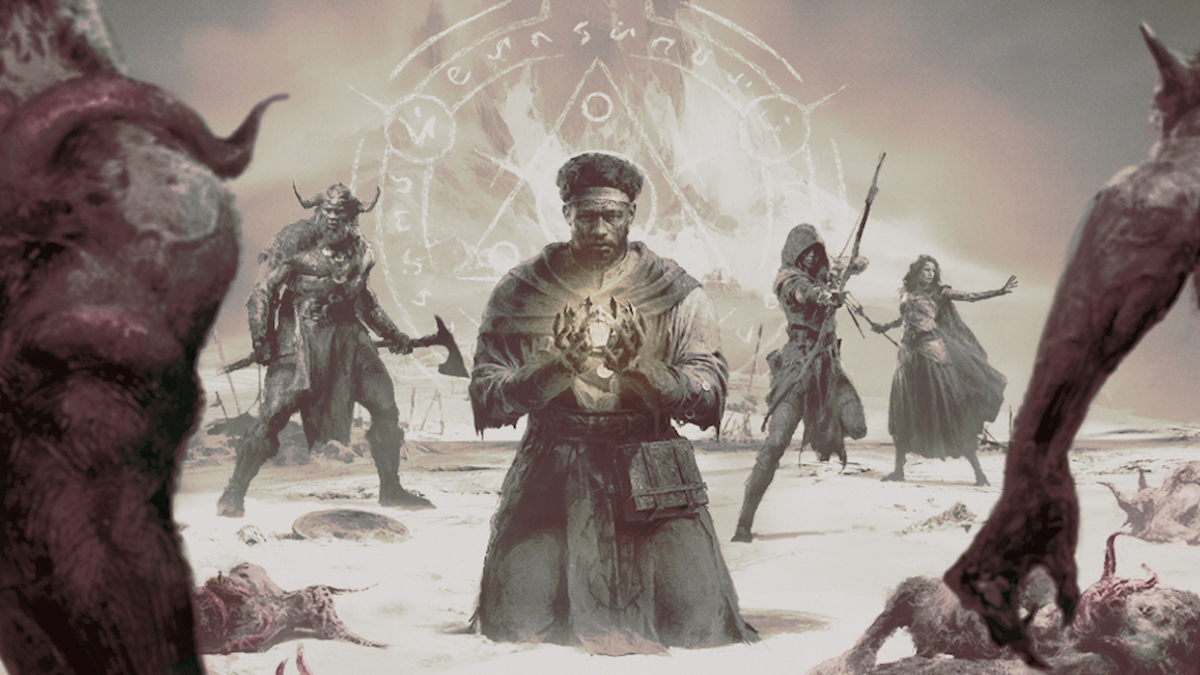
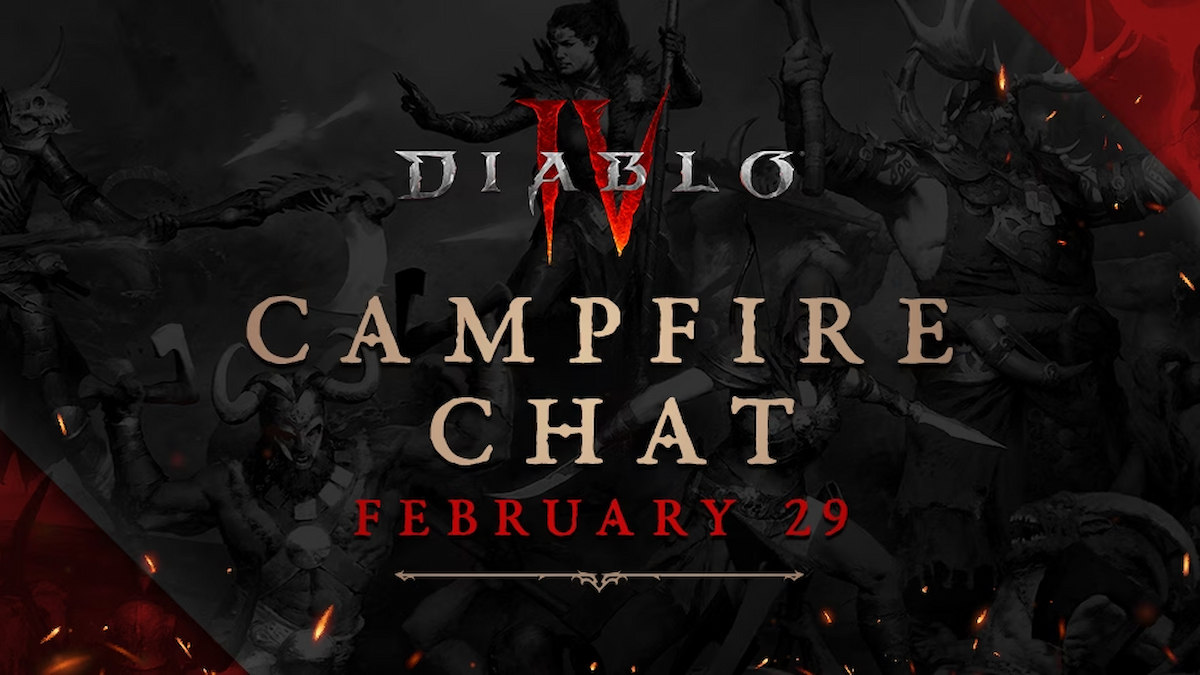
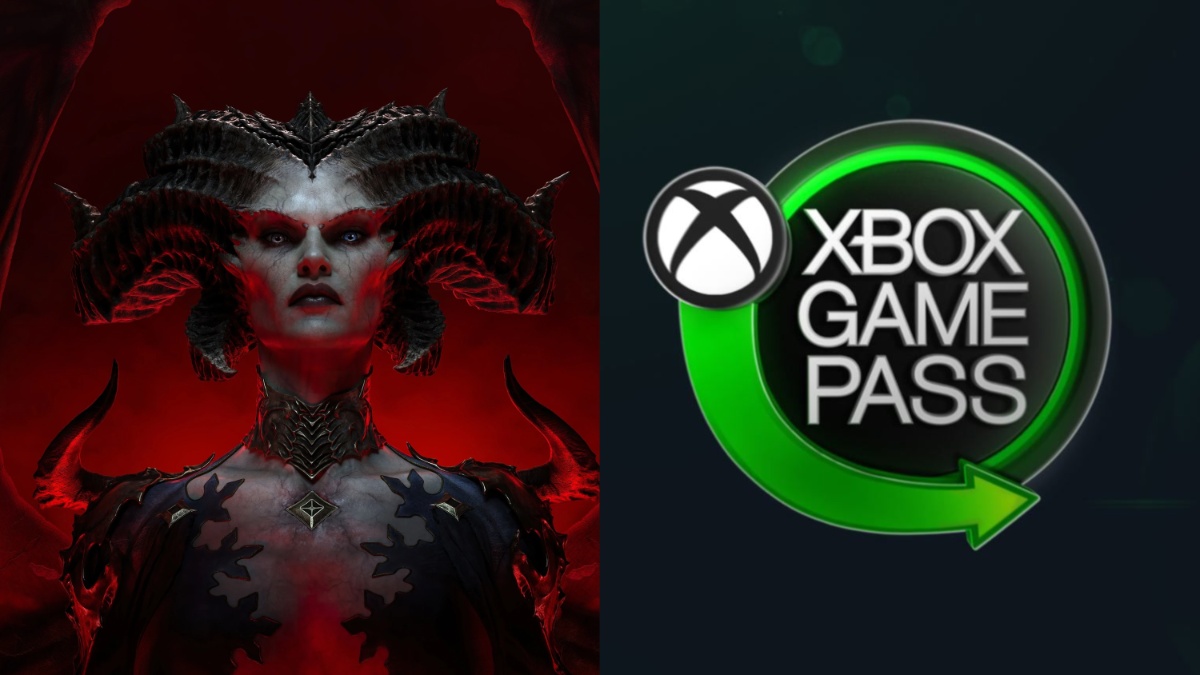
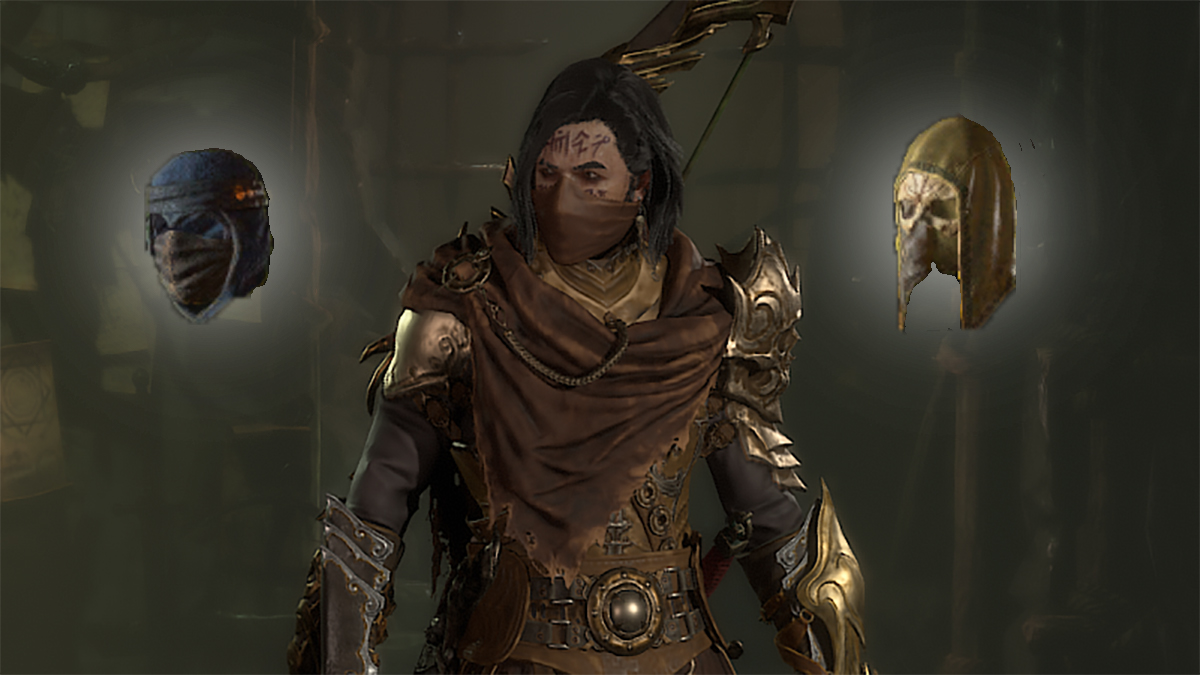
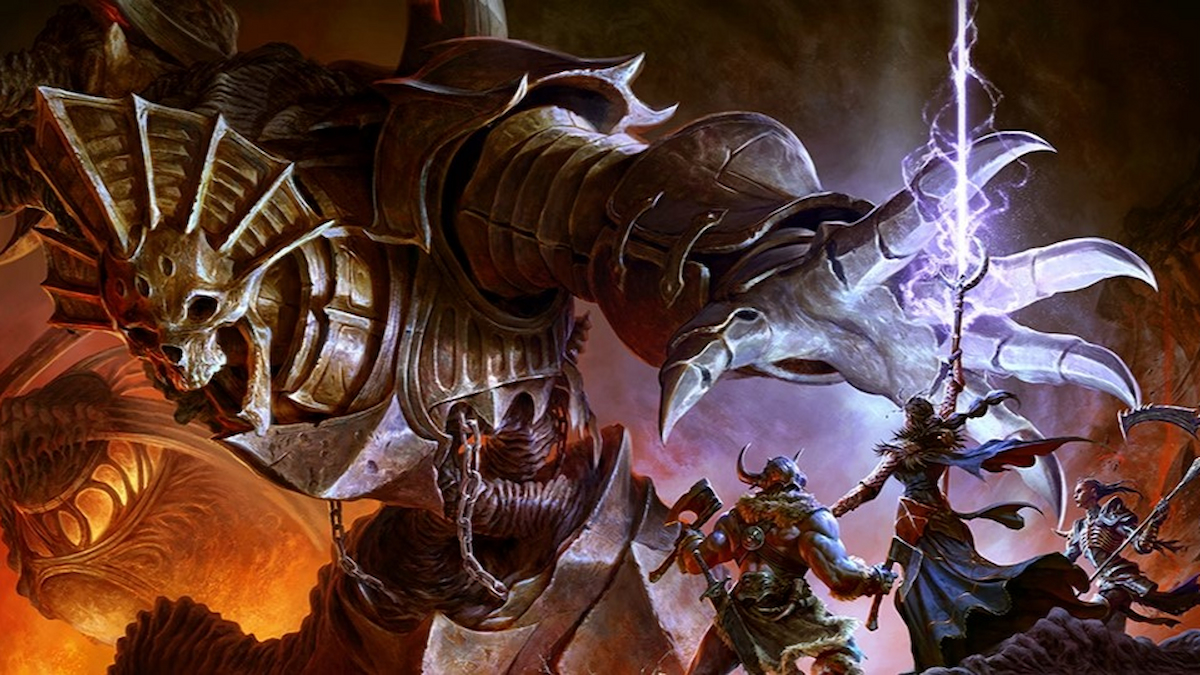
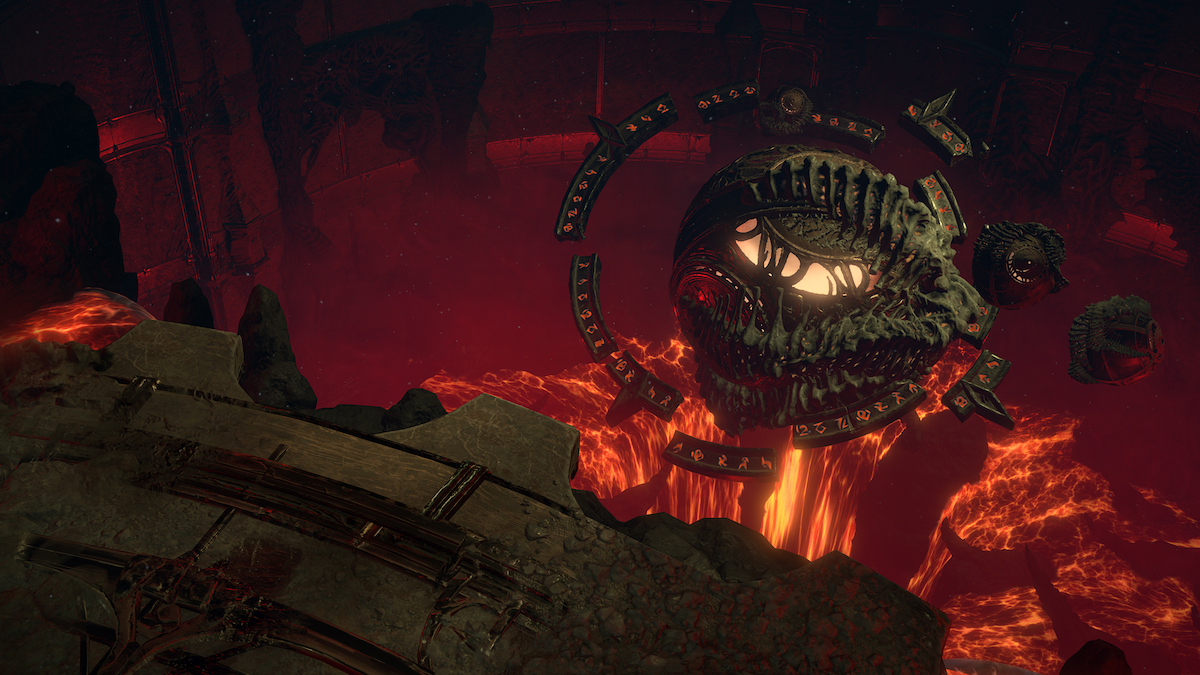
Published: Jul 19, 2023 09:06 am